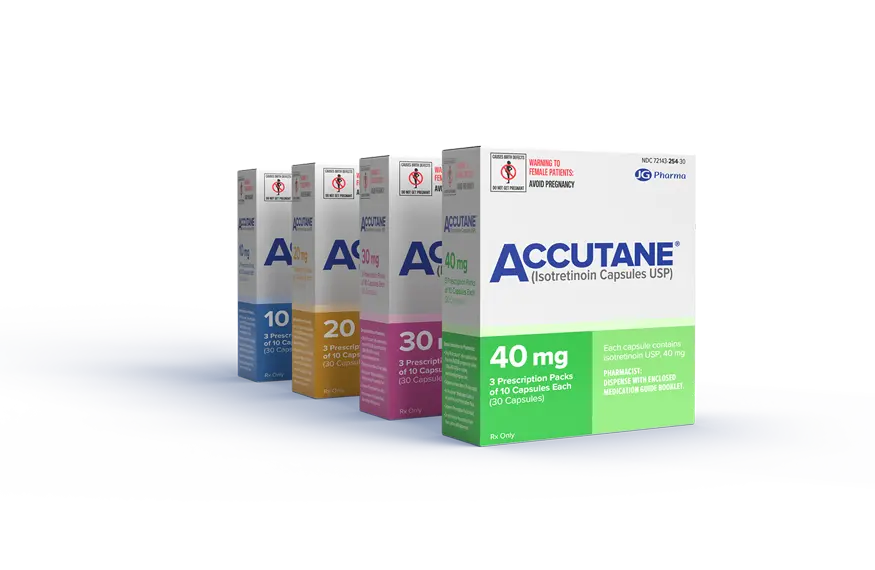What is vitiligo?
Vitiligo is a condition characterized by loss of pigment in patches. The outermost layer of skin is called the epidermis. At the base of the epidermis are cells called melanocytes that produce a substance called melanin. Melanin is responsible for skin pigmentation. In vitiligo, a selective amount of these pigment-producing cells may die or stop producing the pigment. These pigment producing cells are not only located within the skin, but also in the hair bulb, within the eye, and in the ear. Therefore, vitiligo can affect the skin, hair, eye, inner ear, and anywhere else where the pigment producing cells are located. In some cases vitiligo is caused by an autoimmune reaction. Hence, the body may attack the pigment producing cells because it believes it is a foreign substance, overreacting to a non-threat.
Types of vitiligo 
The types of vitiligo include, but are not limited to, the following:
Localized vitiligo:
The depigmented regions are present on one region of the body.
Localized vitiligo can go into subcategories based on where the location is.
Segmental vitiligo:
The depigmented regions are present on one side of the body and do not cross to the other side
Mucosal vitiligo:
The depigmented regions are on the mucous membranes
General vitiligo:
The depigmented regions cover a large region and do not follow a particular pattern
Universal vitiligo:
The depigmented regions cover over 80% of the body
How does vitiligo typically present?
Vitiligo can vary in severity and in location. It may include the following:
- When the condition starts, it usually appears first on the face, hands, feet, genitals, and arms
- Some notice the patches are light in color at first
- The patches may eventually turn white
- Patches can occur around the mouth, eyes, and inside the mucous membranes
- Hairs on the head, eyebrows, or eyelashes or other regions of the body may turn gray or white. Patches may also occur on the scalp
- In more severe cases, patches may occur in the inner ear or in the eye, contributing to hearing or vision impairment
- Patches may be itchy
- The patches can burn easily, so be sure to apply sunscreen to prevent sunburns
Besides physical symptoms, people with vitiligo may also experience emotional and psychological symptoms. These can include the following:
- Insecurity
- Embarrassment
- Anxiety
- Depression
- Anger
- Frustration
Who gets vitiligo?
Vitiligo has an equal incidence in all skin tones and socioeconomic classes. However, the impact of vitiligo may be stronger on darker skin tones due to the greater contrast between the areas of skin with and without pigment. Females are more likely to be affected than males. Most people with vitiligo develop it by their 20s to 30s.
Between 0.1%-3% percent of people across different populations have vitiligo. This may seem like a few people, however it can amount to a large number of people if one is looking at the number of cases within a country or across the globe. Between 20% to 30% of people with vitiligo also have a first-degree relative with the condition.
Since vitiligo can be due to an autoimmune reaction, this means that the immune system overreacts or is hypersensitive. People with one autoimmune condition, such as vitiligo, are more likely to have other autoimmune conditions, such as Hashimoto’s disease, rheumatoid arthritis, alopecia, and type 1 diabetes, amongst others.
What are treatment options for vitiligo?
The treatment options for vitiligo depend on the amount of depigmented regions and where they are located. It also depends on how invasive the treatments are, which treatments the person is interested in, and if they are a candidate for that treatment. If a person’s condition is not debilitating and they wish to embrace the new pigmented regions, they may choose to not take any action. More conservative approaches for people who are interested in covering the depigmented patches would be to wear clothing, self-tanner, or makeup to cover it.
When seeking medical treatments for vitiligo, one must be aware that the treatments may take a while to take effect. Dermatologists will generally try less invasive treatments first and work their way up in order to prioritize the safety of their patients. A treatment that works for one person may not work for another, and some people may have a mix of certain treatments given to them. Although there is a large array of promising treatments out there, not one treatment has been heralded to cure the condition. Treatments can work to restore the lost pigment, but so far there is no treatment to stop the progression of the condition.
The medical and surgical treatments for vitiligo are as follows:
Corticosteroids
Corticosteroids are most effective when the condition is more recent. They can be prescribed topically, orally, or even intravenously depending on the case. They are meant to be prescribed for short periods of time to avoid side effects
Calcineurin inhibitors
Calcineurin inhibitors such as tacrolimus and pimecrolimus can suppress an overactive immune system. They work best when combined with corticosteroids, but they can be used for longer periods of time than corticosteroids. They are most effective when used on the head and neck. A common side effect is a burning sensation when applied.
Calcipotriene (Dovonex)
Calcipotriene (Dovonex) is a vitamin D analog that is often used as a supplemental therapy, not a monotherapy. The mechanism of action involves assisting in the genesis and maturation of pigment cells. It is important to note that people with vitiligo are encouraged to consume the normal recommended daily amount of vitamins to avoid any deficiencies that could be contributing, not necessarily causing, their condition.
JAK inhibitors
Ruxolitinib (Opzelura™) is the only FDA approved medication approved to restore lost color in people with vitiligo
RECELL®
RECELL® device has been FDA approved for premarket approval. It is a device that harvests a person’s own skin pigment cells and places them in a suspension that is reintroduced into the skin along with an ablative laser.
Phototherapy
Phototherapy involves using UV light, and it can be targeted towards certain regions of the skin affected, or a person can sit in a light box for whole-body coverage. Dermatologists determine how much UV light is needed to be both safe and effective, and how many treatments are needed over a certain period of time.
Miniature Punch Grafting (MPG)
Miniature Punch Grafting (MPG) takes skin from a portion of a person’s body and reintroduces it to the areas that need to be repigmented. The person will need to undergo local anesthesia and receive stitches post-procedure.
Tattooing
Micropigmentation is a form of medical tattooing that aims to reintroduce pigment via tattoo ink. This treatment’s drawbacks include the tattoo pigment not matching the person’s skin tone well. Tattoos can fade over time, and they do not tan, so if a person tans, the tattoo will not match the tan of the rest of the skin. However, dermatologists generally recommend avoiding tanning due to the increased skin cancer risk it poses. Introducing tattoo needles into the skin may also be irritating and could trigger further patches of vitiligo.
Depigmentation
Depigmentation therapy is reserved for vitiligo that is wide-spread and resistant to treatment, often used as a last report. A cream, such as a monobenzylether of hydroquinone is used once or twice daily for 3-12 months to remove the pigment from the skin overall to provide a uniform depigmented outcome. This cream may be irritating and a person has to keep in mind that their skin will not resemble the initial skin tone that was once had.
A combination of the above treatments can be combined and recommended at different doses, intervals, and periods of time. It is important to talk to your dermatologist when considering any treatment options.
In closing…
Vitiligo is a condition characterized by the loss of pigment in patches on the skin and various regions of the body. This condition has gained more awareness over the past years. Along with this awareness comes more understanding, research, and treatment options for the condition. It is important to know if you have vitiligo, that you are not alone, and that there are many options available that can be tailored to your goals and your situation. It is imperative to do your own research, talk to friends and family members, and book an appointment with your dermatologist to discuss options and learn more about the condition and how it affects you.








